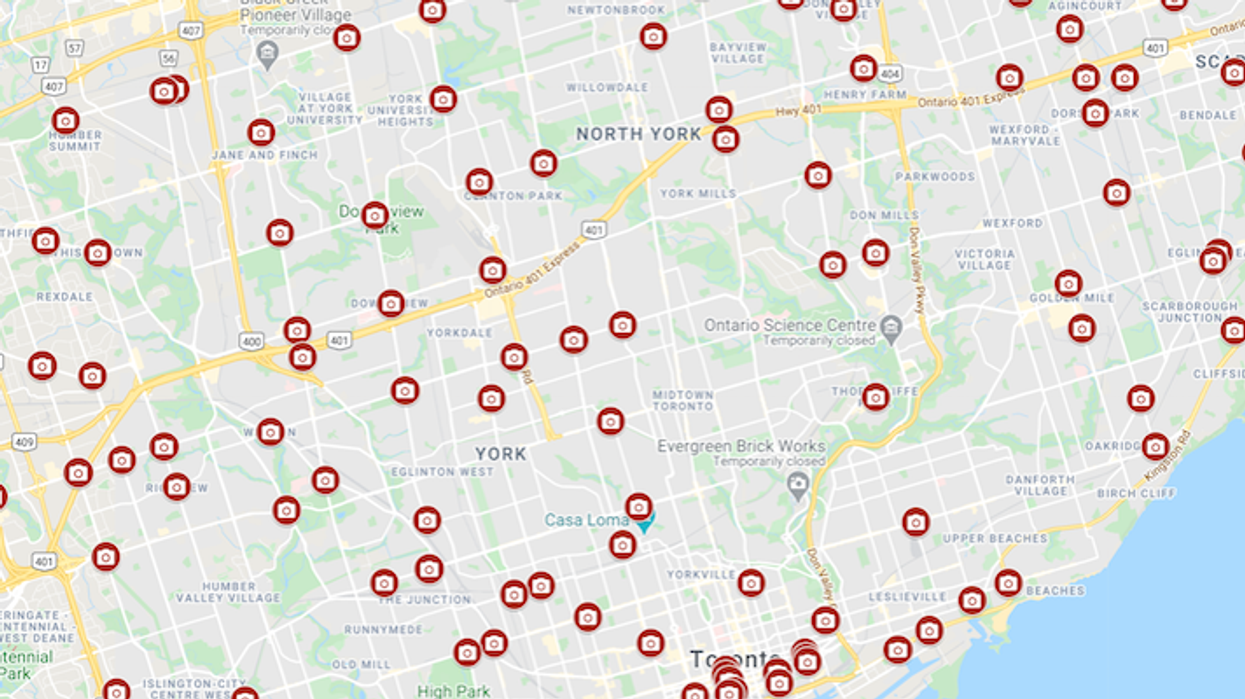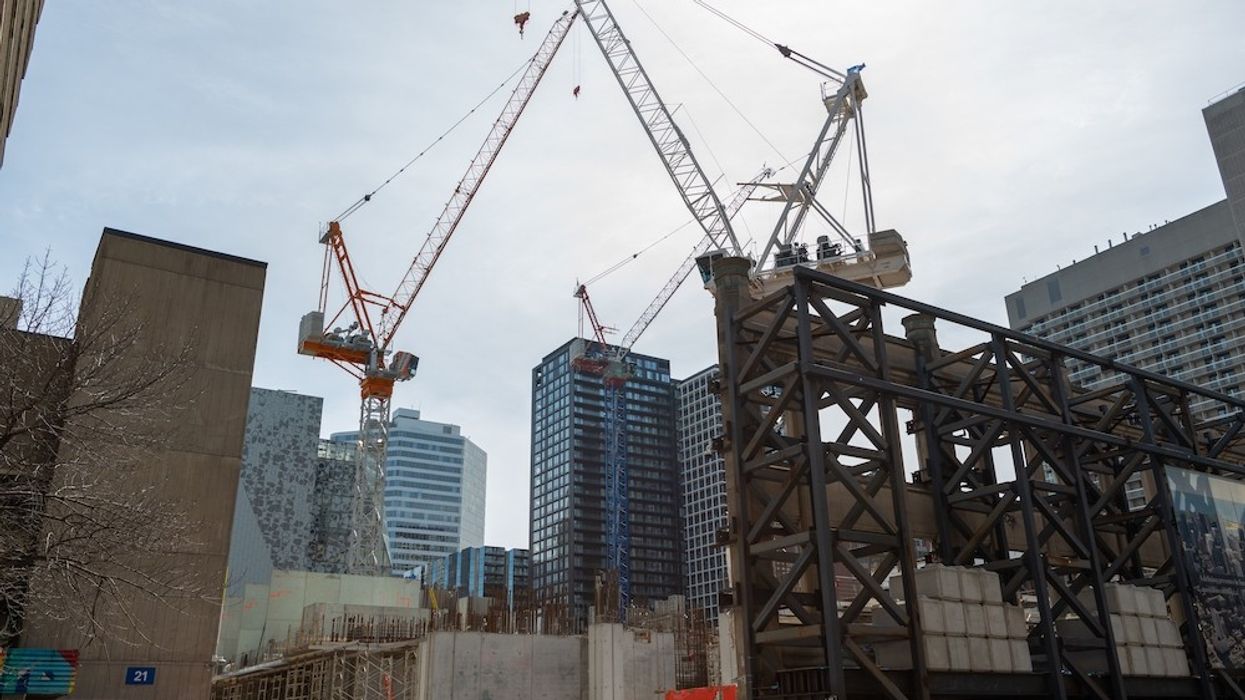Receivership
Understand receivership in Canadian real estate: when it’s used, how it works, and what it means for borrowers, lenders, and distressed assets.

June 16, 2025
What is Receivership?
Receivership is a legal process where a court or secured creditor appoints a receiver to take control of a borrower’s assets, such as property or businesses, when the borrower defaults on their obligations.
Why Receivership Matters in Real Estate
In Canadian real estate and finance, receivership is commonly used when lenders seek to recover debt by managing or selling assets, especially during insolvency or foreclosure scenarios.
A receiver may:
- Operate, lease, or sell the property
- Collect rental income and pay operating expenses
- Protect asset value while enforcing creditor rights
- Report to the court or creditor on asset disposition
Receivers are usually court-appointed professionals (often accountants or legal trustees).
Understanding receivership helps investors and creditors navigate distressed property scenarios and asset recovery.
Example of Receivership in Action
After the borrower defaulted on their commercial mortgage, the lender obtained a court order to place the property into receivership for sale.
Key Takeaways
- Occurs when an asset is controlled by a receiver
- Used to recover debt during default or insolvency
- May involve court oversight
- Receiver manages or sells the property
- Protects lender interests and asset value
Related Terms
- Bankruptcy and Insolvency Act
- CCAA
- Foreclosure
- Insolvency
- SISP















 Camcos Living
Camcos Living Shutterstock
Shutterstock Little Rouge Block G/Camcos
Little Rouge Block G/Camcos Camcos Living
Camcos Living Camcos Living
Camcos Living Camcos
Camcos








